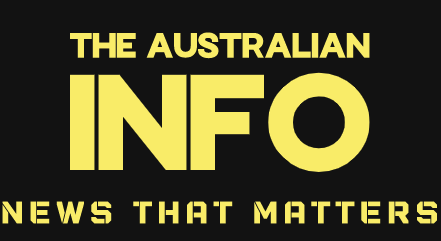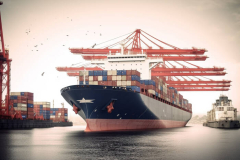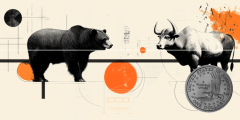China’s National Bureau of Statistics (NBS) Manufacturing PMI rose slightly from 49.3 in July to 49.4 in August, but remained below 50, marking the fifth consecutive month of contraction. Meanwhile, the NBS Non-Manufacturing PMI edged up from 50.1 in July to 50.3 in August, indicating a modest expansion across the services sector.
Manufacturing Recovery and Industry Trends
CN Wire highlighted key trends in August’s PMI data:
- New Export Order Index edged up 0.1 percentage points to 47.2%, still well below the neutral 50 level.
- New order Index rose 0.1 percentage points to 49.5%.
- Employment Index fell 0.1 percentage points to 47.9%.
- Key raw material prices increased by 2.2 percentage points to 53.3, the highest since October 2024, potentially pressuring profit margins and the labor market.
Demand and Production Crucial Amid Waning Consumer Consumption
August’s manufacturing PMI could pressure Beijing to roll out fresh stimulus to counter the effects of US tariffs on external demand. While services sector activity picked up modestly, the upswing may not be enough to deliver Beijing’s 5% GDP growth target.
Chinese retail sales rose 3.7% year-on-year in July, down from a 4.8% increase in June. Meanwhile, the unemployment rate increased from 5% to 5.2% in July, as youth unemployment soared from 14.5% to 17.8%. A record number of graduates tipped the scales, spotlighting Beijing’s efforts to incentivize firms to implement graduate training schemes and hire fresh graduates.
From Factory Floors to Household Budgets
Weakening external demand and intensifying domestic competition impact selling prices, forcing firms to lower costs. Lower costs lead to lower wages, affecting disposable incomes and household spending.
Natixis Asia Pacific Chief Economist Alicia Garcia Herrero recently commented:
Key PMI Survey Differences
The NBS PMI primarily tracks large state-o




